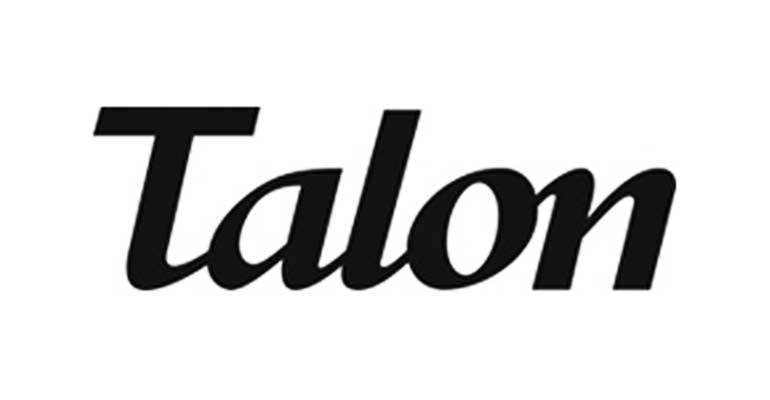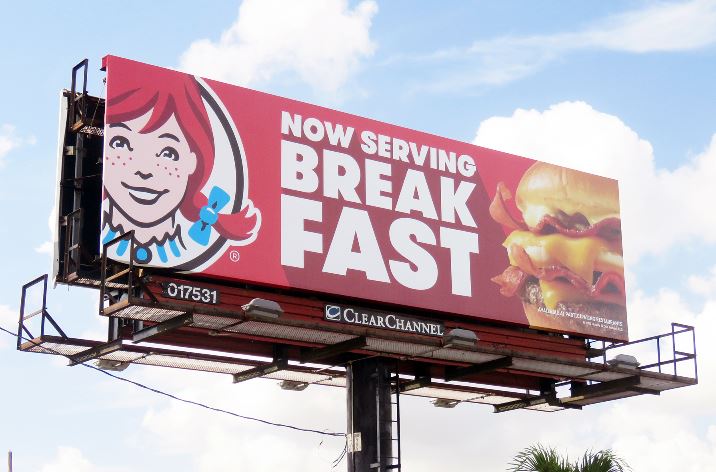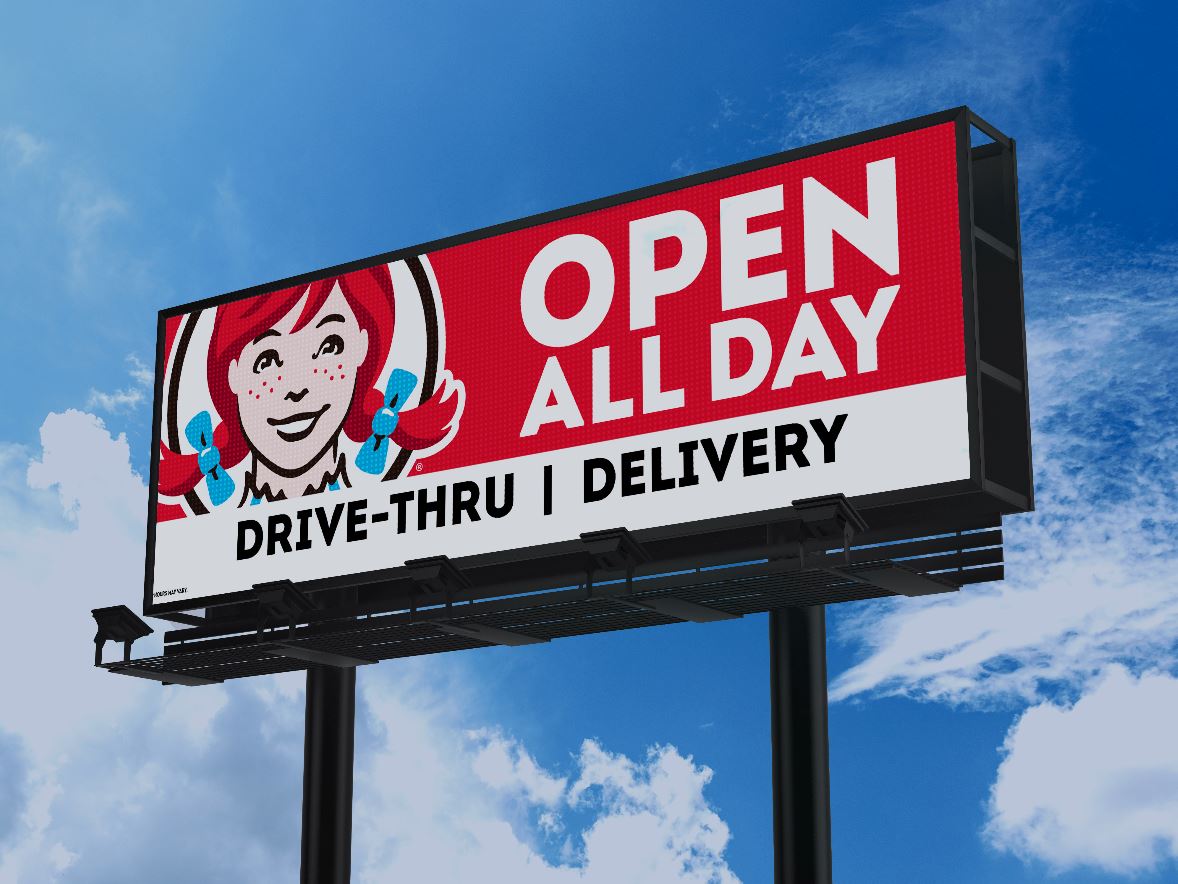Geopath Member Spotlight: Talon
A conversation with Jim Wilson, CEO, Talon North America

Briefly tell us about your career and how you made your way into OOH
Jim Wilson: I worked in the video game industry for many years, where I was creating consumer experiences with massively multiplayer online games, such as Lord of the Rings online at Universal Pictures, and other types of online games and mobile games. After a stint at Sony Music Entertainment, I was head of Atari until it was sold in 2013. It was then that I was recruited by someone I had worked with previously at Sony to join a company called TouchTunes. At the time, I was transitioning from working on games as a service for a massive online gaming platform to music as a service that was being delivered in locations such as bars and restaurants. Because my focus was on how to use these screens and venues to drive more music plays, and also building an advertising platform, I realized that I was really running an OOH business.

Jim Wilson, CEO, Talon North America
As a consumer-focused person, I was interested in what creative needed to be played on these screens in order to increase music plays. I really came to understand the power of creative and the power of consumer experiences in driving impact on screens. It’s always great to win awards, which we did for AT&T and Miller Coors, but ultimately what I loved about my TouchTunes experience was that we could create measurable impact from our screens and know what messaging on the screens were increasing music plays. Essentially, I learned that although OOH is a brand building, one-to-many platform, there’s an opportunity to create measurement. TouchTunes was my entry to the OOH space, and I became a game developer turned OOH enthusiast.
After selling TouchTunes and thinking about what I wanted to do next, I had this idea to build an ad platform for connected television – this was in 2016 when connected television was taking off. And so, I built a from-scratch business called Premion, which is now a leading connected television platform under Tegna. My time at Premion was all about creating an efficient one-stop shop platform for national and local advertisers to access connected television. After four years, I still had a strong desire to work in OOH because I think it is one of the most important mediums in the industry and that there is so much opportunity in this space.
After speaking with Barry Couples, who is the global CEO of Talon, I found we had a very common vision around the use of data and technology to advance the OOH space and how creative can create impact for brands – and so I joined Talon. It’s sort of funny – just as everybody was going in-home in February and March due to the pandemic, I figuratively went out-of-home and I actually think it was at exactly the right time.
Briefly describe Talon from your perspective and the role that data and technology play in your business (specifically with Ada and Plato)
Jim Wilson: As someone who has spent his entire career working with technology, it was very important for me to move to a company that was not just a leader in OOH, but a leader in technology development, and a company that was very focused on using technology to enhance or drive the experience of OOH. What I saw at Talon was the opportunity to own and operate technology for the benefit of our clients.
 Our inventory platform Plato allows us to do the most efficient and the most transparent planning and buying of inventory. What’s really important for us is to be as efficient as we can with our clients in terms of planning and buying. And efficiency also means complete transparency, so one of our value propositions is making sure that as a company, we’re completely transparent with our clients around costs and ensuring that they’re getting the most value out of their buy. Plato allows us to plan traditional and digital inventory buys for our clients across the country and make sure that they get the exact inventory locations to the most efficient inventory. Ada is our data and audience platform, which we use to find audiences and track customer journeys. One really important part of what we’re focused on at Talon is how we utilize OOH to create customer journeys that deliver outcomes.
Our inventory platform Plato allows us to do the most efficient and the most transparent planning and buying of inventory. What’s really important for us is to be as efficient as we can with our clients in terms of planning and buying. And efficiency also means complete transparency, so one of our value propositions is making sure that as a company, we’re completely transparent with our clients around costs and ensuring that they’re getting the most value out of their buy. Plato allows us to plan traditional and digital inventory buys for our clients across the country and make sure that they get the exact inventory locations to the most efficient inventory. Ada is our data and audience platform, which we use to find audiences and track customer journeys. One really important part of what we’re focused on at Talon is how we utilize OOH to create customer journeys that deliver outcomes.
Ultimately, we have to be data driven from the standpoint that we want to target audiences and create outcomes. With Ada, we have the ability activate billions of data points at the device level in order to reach consumers in that moment and know where they were exposed to the creative and more – all so we can deliver insights back to our customers. I truly believe that OOH offers an incredible opportunity to create customer journeys and use data, audience targeting and location to deliver messages to the customers at the right place and at the right time.
What is a major misconception about OOH that you’d like to debunk?
Jim Wilson: I think OOH is traditionally seen as sort of a brand awareness, brand-building, one-to-many platform. But it is my belief that OOH is all that and more. OOH is a data and audience-driven marketplace, and we see that in the ability we have to deliver the right message (to the right consumer at the right time) by utilizing sources such as mobile device graphs or other audience segments.
For example, our grand visuals team created for Amazon Prime’s “Good Omens” using a digital Doomsday countdown clock on billboards in Times Square – and that activation sparked 5% of all social conversations during the show’s launch. There’s always great creative out there, but what’s most important about creative is its measurable impact. And so, measurability of OOH is something we heavily focus on at Talon.
What is one thing the pandemic has taught you (or reminded you) about the value of OOH?
Jim Wilson: According to the OAAA, 90% of people notice OOH ads, and I think that the pandemic has only elevated what everyone notices on OOH signs. And quite honestly, there was nothing more important during the pandemic than OOH [in terms of advertising] – it became essential to be able to look at signage to tell us where to go, how to be safe and what’s open. I would say the pandemic has also accelerated the focus on how data, screens, audiences and outcomes are important. I think more than anything that the pandemic has shown the value OOH and how essential the level of precision that we can deliver though OOH is in order to have our audiences know exactly what to do.
How do you think priorities for advertisers and brands have shifted or will shift as a result of the pandemic when it comes to investing in OOH?
Jim Wilson: I think a lot of brands that utilize OOH as a primary means of marketing changed their messaging to be in tune with what was happening with the pandemic. Brands stepped up to create goodwill with customers to make sure that they were delivering messages around safety early-on in the pandemic when we were all getting used to navigating a COVID world. Signage was (and still is) incredibly important to help us navigate our new environment, and brands stepped up in a big way to be a part of the messaging. That was really important. Brands and advertisers also had to switch their messaging to not just brand awareness, but to how to access the brand. We saw Wendy’s go from talking about their breakfast campaign on March 2, to simply “We’re open. We’ve got drive-thru.” Messaging needed to change to be appropriate for the current climate.
 We saw brands and media owners being flexible, and I was very proud of the entire OOH industry for that and for how adaptable and responsive they were to make sure that we were utilizing outdoor signage to send consumers the right messages during the pandemic. I think we learned more about precision and we learned more about the use of data—not just in static traditional billboards, but in digital billboards and the flexibility and power of creative. Everything all became heightened during the pandemic, but I think that there are lessons learned that we’ll take
We saw brands and media owners being flexible, and I was very proud of the entire OOH industry for that and for how adaptable and responsive they were to make sure that we were utilizing outdoor signage to send consumers the right messages during the pandemic. I think we learned more about precision and we learned more about the use of data—not just in static traditional billboards, but in digital billboards and the flexibility and power of creative. Everything all became heightened during the pandemic, but I think that there are lessons learned that we’ll take
